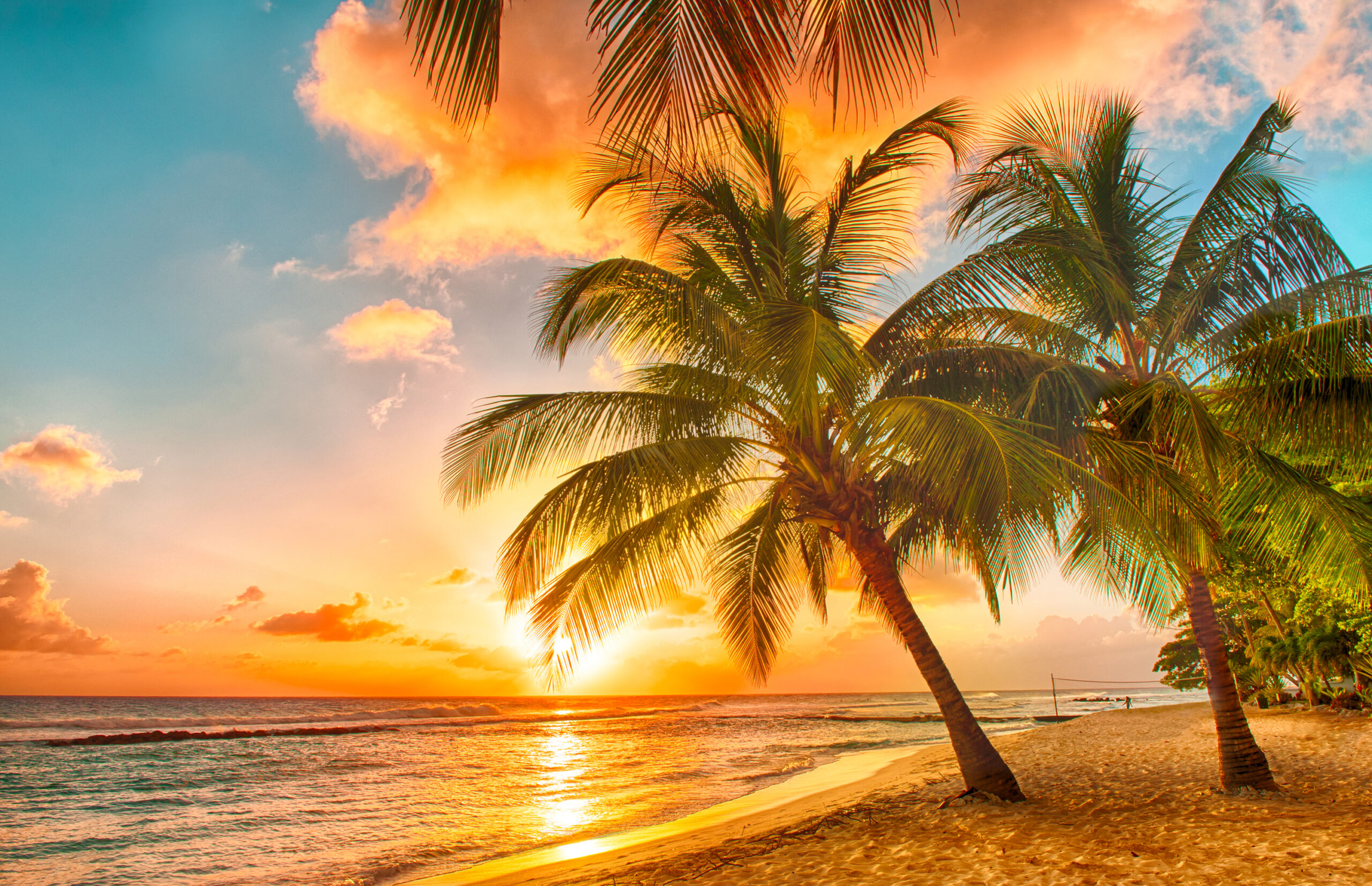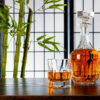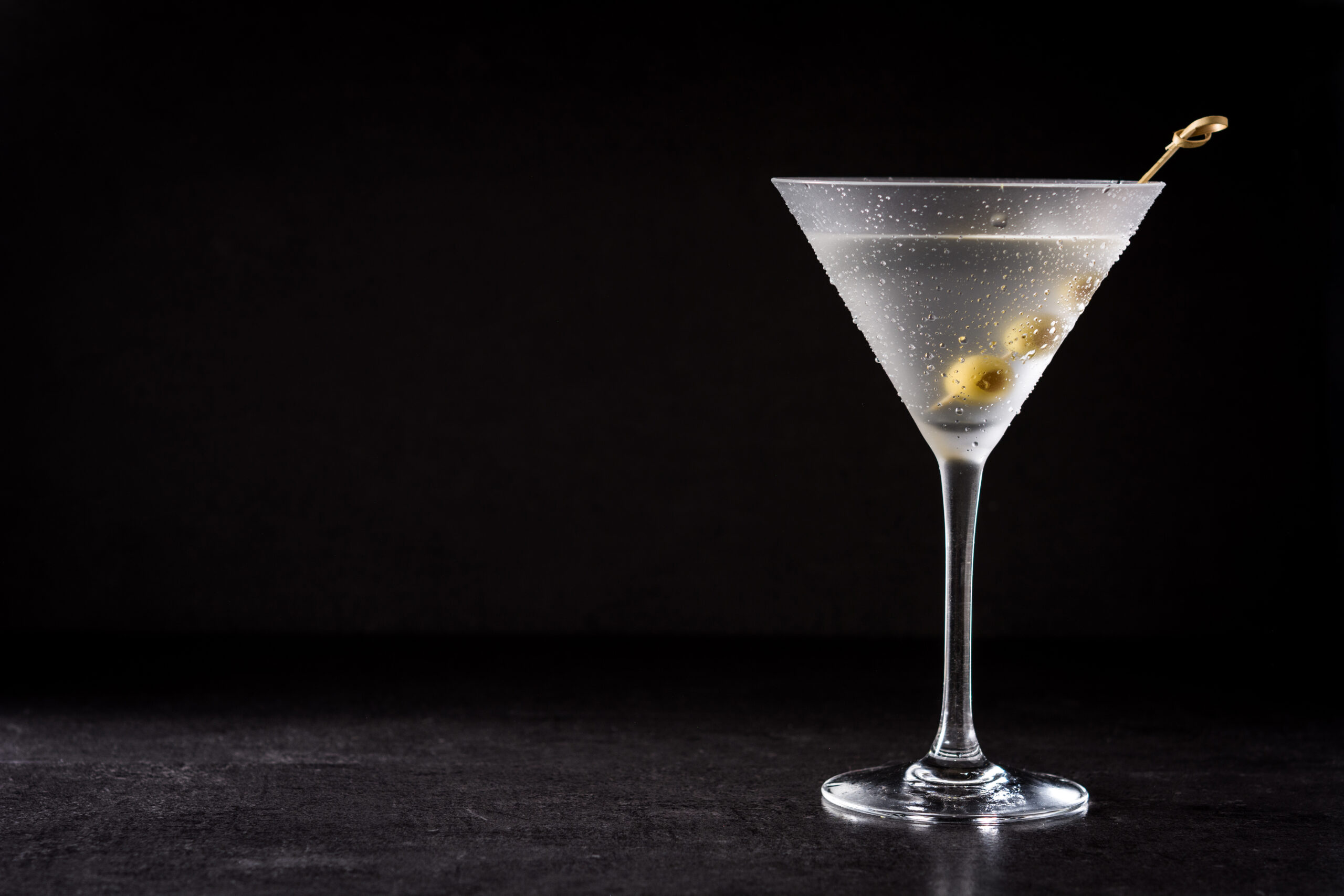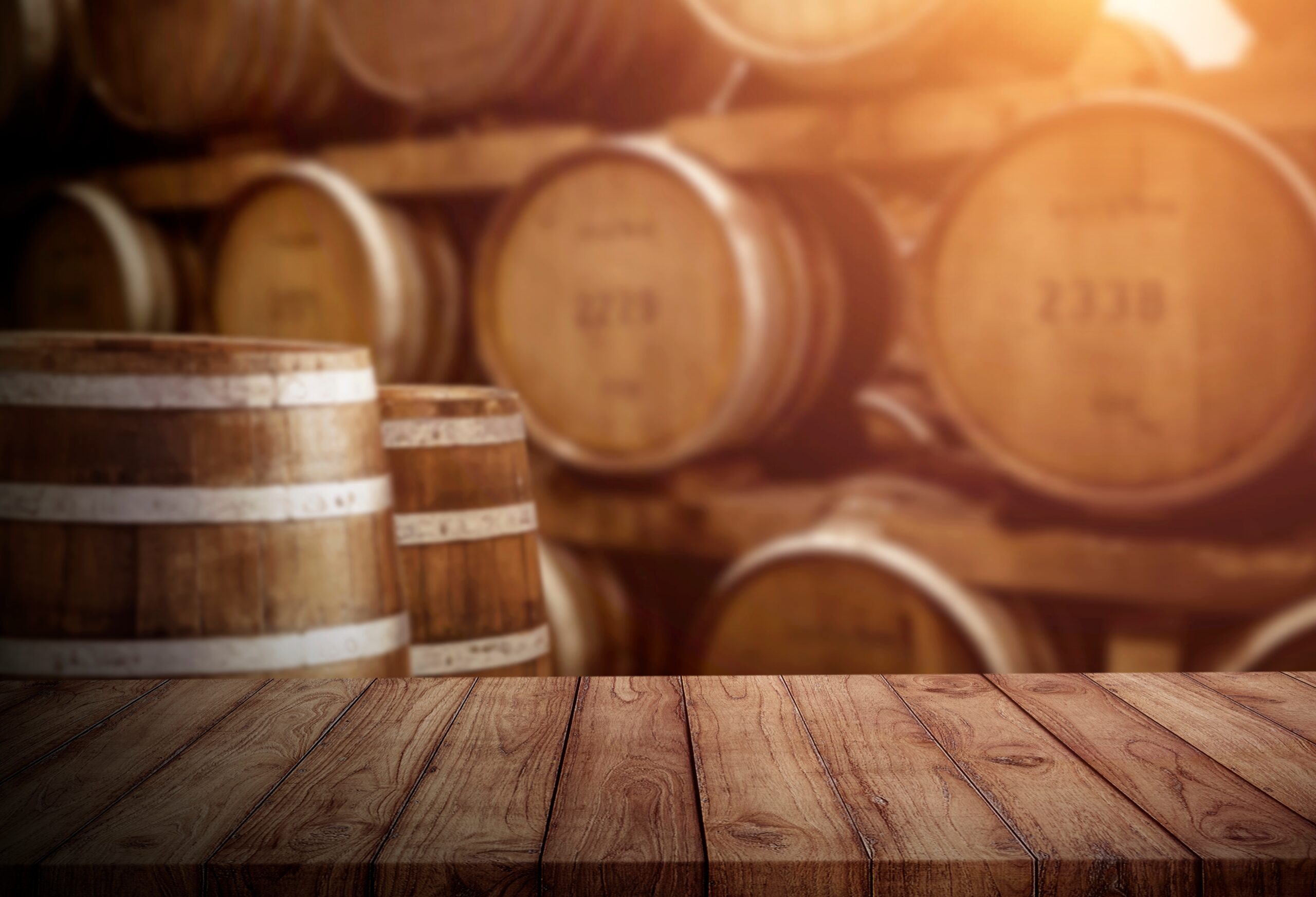Sipping on History: A Journey Through Barbados Rum
Barbados, a sun-kissed paradise in the Caribbean, isn’t just known for its pristine beaches and turquoise waters. It’s also the birthplace of rum, a spirit deeply woven into the island’s history and culture. Take a sip of your favorite Bajan rum, and you’re not just enjoying a drink – you’re embarking on a journey through centuries of tradition, innovation, and a touch of the “kill-devil.”
From Sugarcane to Spirit:
The story begins with sugarcane, introduced by the Portuguese in the 16th century. This hardy crop thrived in Barbados’ fertile soil, but its true value lay in its byproduct: molasses. By the 17th century, enslaved Africans, who played a crucial role in the island’s development, were fermenting molasses into a crude spirit known as “kill-devil.” Initially rough and potent, it was primarily consumed by plantation workers.
Refinement and Rise to Fame:
The 18th century marked a turning point. Enterprising Barbadians began refining the distillation process, resulting in smoother, more palatable rum. This “new-fangled” spirit quickly gained popularity, not just locally but also among British sailors and colonists. Mount Gay, established in 1703, became the world’s first commercial rum distillery, setting the stage for Barbados’ dominance in the global rum trade.
The Golden Age of Rum:
Throughout the 18th and 19th centuries, Barbados rum reigned supreme. Over 100 distilleries dotted the island, churning out barrels of the golden elixir. The rum trade fueled the economy, shaping the island’s social and political landscape. From plantation owners to merchants to enslaved workers, rum touched everyone’s lives.
Beyond the Barrel:
But rum wasn’t just an economic engine; it was a cultural touchstone. It fueled festive celebrations like Crop Over, a vibrant harvest festival still celebrated today. Rum shops became social hubs, where stories were shared, deals were struck, and communities thrived. Rum became synonymous with Barbados, its spirit embodied in the island’s warmth, resilience, and joie de vivre.
Challenges and Evolution:
The 20th century brought challenges. Competition from other Caribbean islands, changing consumer preferences, and political turmoil impacted the industry. Many distilleries closed, but the remaining ones adapted, focusing on quality and innovation. They experimented with aging techniques, flavors, and cask finishes, creating premium rums that captured the essence of Barbados while catering to modern palates.
Modern Bajan Rum:
Today, Barbados rum is a diverse and vibrant scene. Iconic brands like Mount Gay and Foursquare continue to innovate, while smaller, artisanal distilleries like St. Nicholas Abbey and The Rum Refinery are pushing boundaries. From light and fruity to aged and complex, there’s a Bajan rum for every taste and occasion.
Beyond the Sip:
The legacy of Barbados rum extends far beyond the bottle. It’s a testament to the island’s ingenuity, resilience, and cultural heritage. It’s a story of how a by-product became a national treasure, shaping the island’s identity and leaving an indelible mark on the world.
So, the next time you raise a glass of Barbados rum, remember: you’re not just enjoying a delicious drink; you’re taking a sip of history, culture, and the spirit of a remarkable island nation.
Further Exploration:
This blog post is just a starting point. To delve deeper, consider:
- Visiting Barbados and experiencing rum production firsthand.
- Exploring the diverse offerings of Bajan rum brands.
- Learning about the impact of rum on Barbadian culture and history.
With each sip and each discovery, you’ll gain a deeper appreciation for the magic that lies within a bottle of Barbados rum.





